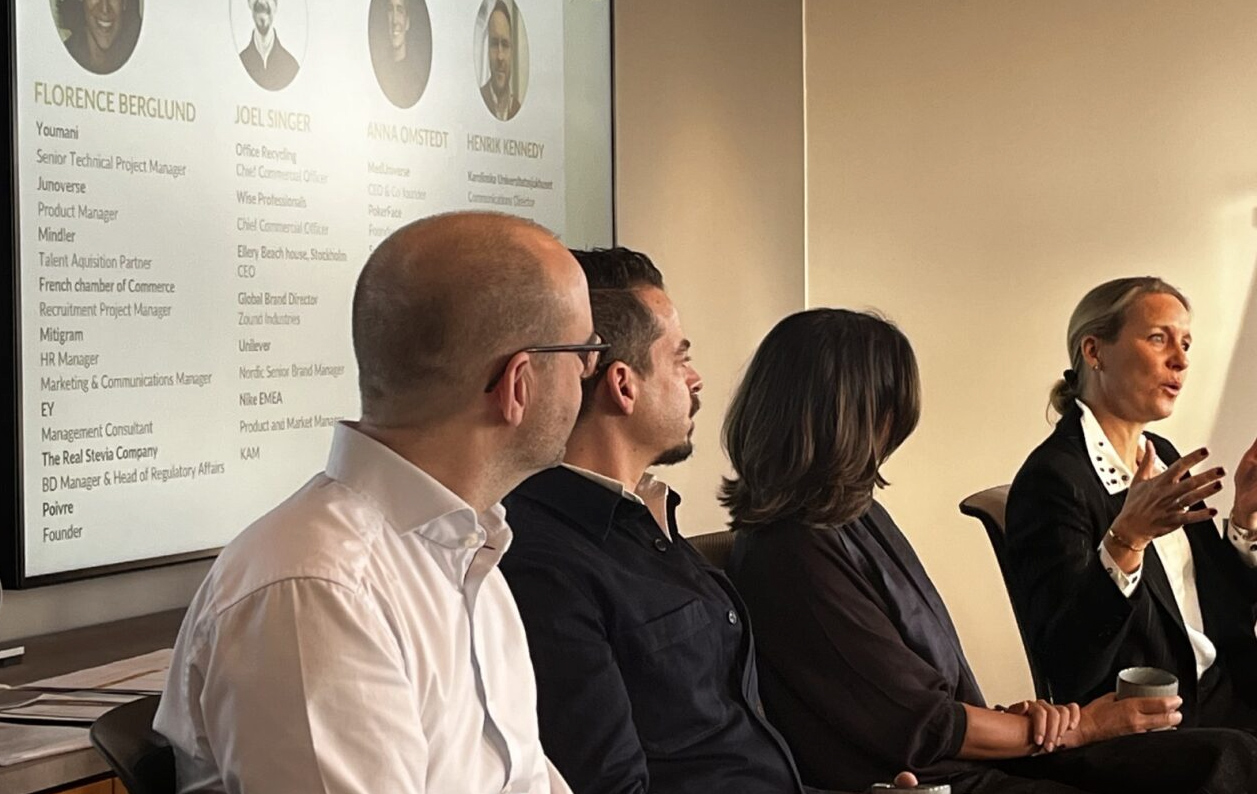Diversity for success: The strategic advantage of diverse talent in Life Sciences
In an era of rapid innovation and global competition, the Life Sciences industry faces unprecedented challenges and opportunities. To be a leader in Life Sciences, the quest for sustainable growth and breakthrough innovation is relentless. A key tool to achieve these goals is Diversity & Inclusion (D&I). The shift from homogeneity to diversity, including in terms of recruiting talent from different industries, is not only a moral imperative but a strategic necessity. This article explores the potential of leveraging diversity and inclusion to build a winning organization in Life Sciences. We also introduce the Brice Group, your partner in turning diversity as a concept into a reality and ensuring that your organization not only competes but further establishes the role of leader in your therapeutic areas.
What is Diversity?
Diversity includes all human components such as: ethnicity, gender, age, social class, physical ability, religious or ethical values, national origin and political beliefs. Diversity also includes different industry experiences and backgrounds as a crucial component. Diversity is a source of innovative ideas, a driver of creativity and an important part of a winning strategy in the competitive life science landscape.

WHY IS DIVERSITY A COMPETITIVE ADVANTAGE?
Diverse teams bring different perspectives, experiences, and skills to the table, fostering a culture of innovation and resilience. The Wall Street Journal's first corporate ranking examining diversity and inclusion among S&P 500 companies underscores this: organizations that prioritize D&I are more competitive, innovative, and financially successful. The reason is clear: diverse teams are better equipped to manage complexity, identify and capitalize on new market opportunities, and solve complex challenges with creative solutions.
BUILDING A WINNING CULTURE OF DIVERSITY
Recruiting from the same industry has its advantages, such as technical knowledge and networking contacts, but it often leads to a monoculture that limits innovation and flexibility. To truly achieve excellence, life sciences leaders must embrace and actively seek out diversity.
The Benefits of Diverse Backgrounds
Integrating individuals from various industries into Life Sciences can:
- Bring in new knowledge and experience, providing new insights and methods.
- Improve problem-solving skills, as teams with different backgrounds are better able to tackle complex issues with innovative solutions.
- Open up new market opportunities, through a broad understanding of different segments and customer needs.
- Foster a culture of flexibility and continuous learning, which is essential to stay ahead in a rapidly changing sector.
Cultivating an Inclusive Environment
Achieving diversity is only the first step; maintaining an inclusive culture where every employee feels valued and empowered is crucial. This means the following:
- Ensuring that all voices are heard and valued, fostering a sense of belonging.
- Valuing different perspectives and encouraging the expression of unique ideas.
- Promote a transparent, supportive and action-oriented leadership style.
- Recognize and reward risk-taking, innovation and successful collaboration.
Conclusion
In the competitive world of Life Sciences, diversity and inclusion is not just an ethical choice, it is a strategic imperative. By embracing diversity, your organization can unleash innovation, improve decision-making, and enhance financial performance.
With Brice Group as your partner, you can transform your organization into a vibrant, inclusive and winning workplace. Together, let's harness the power of diversity to secure an edge in the life science industry.